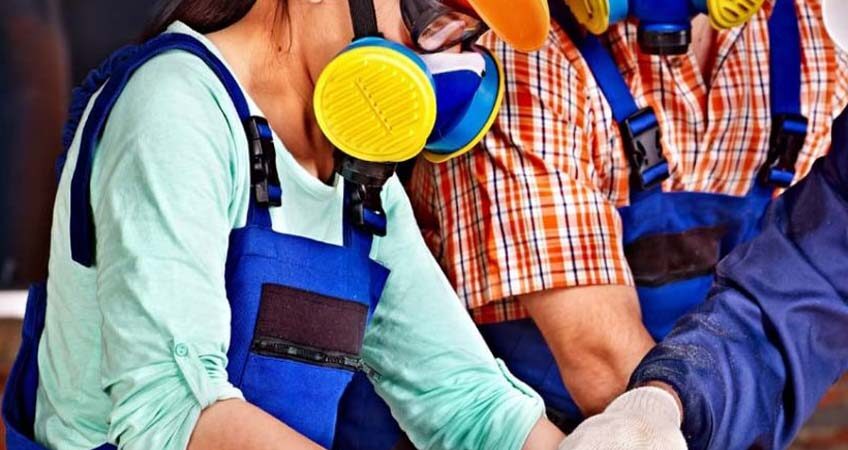For information on the current MOL Blitz and Initiative, see the excerpt from their website below:
Respiratory hazards
Rationale
Between 2008 and 2017, long latency illnesses – illnesses in which there is a long delay between exposure to a disease-causing agent and the appearance of disease symptoms – accounted for the largest proportion of allowed WSIB benefit costs. 70% of allowed long latency illness claims over the past 10 years come from: lung cancer, pleural plaques, mesothelioma, asbestosis and chronic obstructive pulmonary disease, which are all associated with respiratory exposures.
Cancer Care Ontario and the Occupational Cancer Research Centre estimate that exposure to asbestos, diesel engine exhaust, crystalline silica and welding fumes cause approximately 1,300 cancer cases a year in Ontario.
Initiative Focus
Gases, dusts, vapours, and fumes may be present at construction projects. They are referred to as ‘respiratory hazards’ when they can make a worker sick or die from being breathed in.
Examples of respiratory hazards include:
- lead dust and fumes from grinding, welding, cutting or brazing surfaces coated with lead-based paint
- silica dust from cutting and breaking concrete, sandblasting or removing refractory ceramic fibers
- solvent vapours from adhesives, paints, strippers, cleaning solvents, and spray coatings
- isocyanate vapours from spray foam insulation and certain spray paints, sealants and coatings
- carbon monoxide from operating gas-powered equipment in poorly ventilated work environments
- fumes and vapours from heated asphalt used in roofing and road paving
- dust and vapours associated with hardwood floor installation and finishing
Employers must take every reasonable precaution to reduce workers’ exposure to respiratory hazards. This includes putting in place:
- engineering controls (such as local exhaust ventilation)
- work practice controls (such as using wet-cutting techniques)
- administrative controls (such as minimizing the number of workers exposed to the hazard)
When workers cannot be adequately protected from respiratory hazards through engineering controls, work practices and administrative controls, employers must provide respiratory protective equipment suitable for the hazard to the workers and workers must use that equipment.
Inspectors will check that:
- proper controls and work practices are in place
- respirators are well maintained
- workers have been trained on how to use the respirators properly
- respirators are fitted to ensure an effective seal between the respirator and the worker’s face
- worker exposure to airborne concentrations of hazardous biological or chemical agents listed in Ontario Regulation 833 are under the occupational exposure limits set out in that regulation
Safeline offers various health and safety training courses including asbestos awareness and confined space hazards awareness. Contact us for more details.


